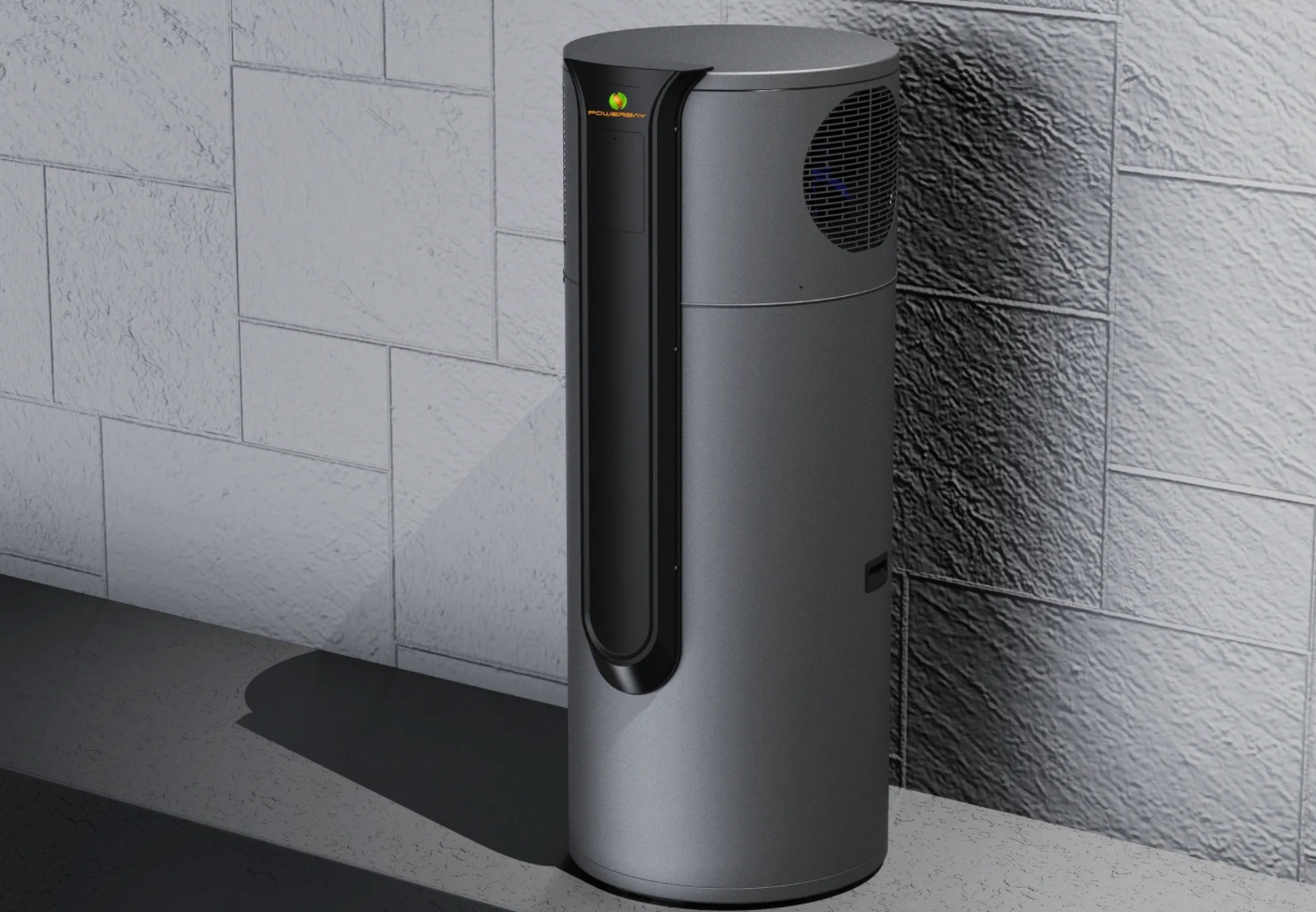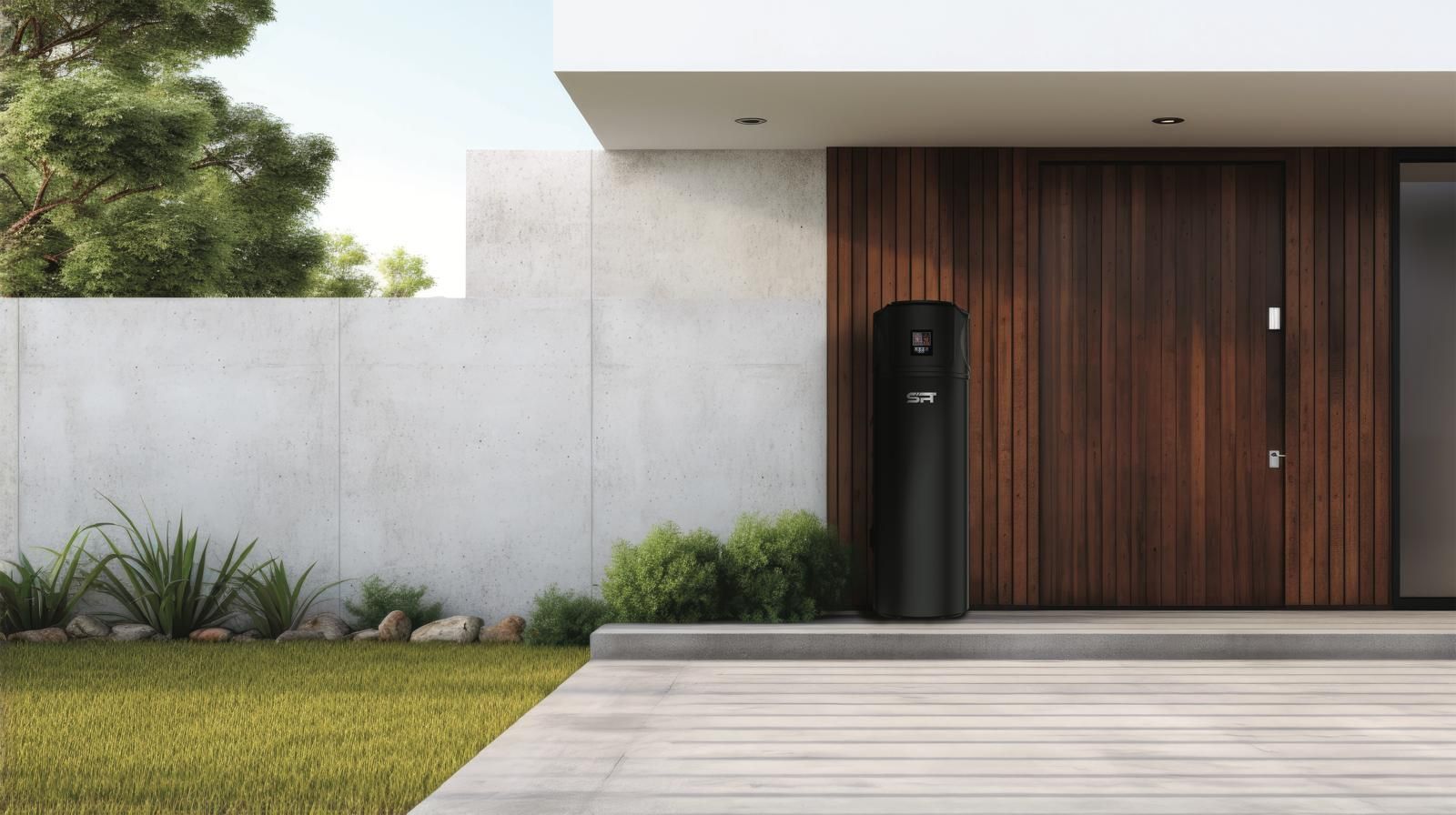Seasonal Energy Tips: Keep Your Bills Low in Hot or Cold Weather
Australia’s climate can be extreme, from scorching summers to chilly winters, making it essential to keep your home comfortable year-round. But maintaining a pleasant indoor temperature shouldn’t come at the cost of sky-high energy bills. By making a few strategic changes, you can enjoy a comfortable home while keeping energy costs under control, whether it's the height of summer or the dead of winter.
Here’s how you can prepare your home for extreme weather without spiking your energy bills.
Smart Thermostats: Your Personal Climate Manager
Smart thermostats are a fantastic way to take control of your home’s temperature, even when you’re not around. While older Australian homes may not have thermostats, they are becoming increasingly popular in newer homes or those with modern heating and cooling systems. Smart thermostats allow you to set specific heating and cooling schedules, ensuring your air conditioning or heating system only works hard when necessary. These devices can also learn your preferences and automatically adjust settings, meaning you no longer have to cool an empty house or leave the heater running overnight.
For Australia’s varied climate, smart thermostats can provide huge energy savings. In summer, setting your thermostat to 25-27°C when you’re home and higher when you’re away can help cut down energy use. In winter, keeping it at 18-20°C maintains a comfortable indoor climate while still keeping costs down. With remote control options via your smartphone, you can also adjust temperatures on the go, which is handy in Australia's unpredictable weather!
Insulation: Keep the Outside Out
Insulation is key to maintaining a stable indoor temperature. If your home is poorly insulated, it’s like trying to heat or cool a leaking esky! Proper insulation in the roof, walls, and floors ensures that cool air stays inside during summer and warm air in winter, reducing the strain on your heating and cooling systems.
In Australia’s diverse climates, especially in areas with extreme heat like the Northern Territory or cold nights in Tasmania, the right insulation can save up to 45% on heating and cooling costs. Insulation acts as a barrier to the outdoor elements, meaning less energy is needed to maintain indoor comfort. If your home feels drafty or struggles to retain heat in winter, checking and upgrading insulation is a worthwhile investment.
Maximise Your Solar Power System
If you’ve installed solar panels, ensure you're getting the most out of them. Solar power can significantly reduce the cost of running air conditioning systems in summer or heat pumps during winter. To optimise savings, ensure your solar inverter is functioning properly, and make use of appliances, including air conditioning, during daylight hours when your solar panels are generating power.
For those without solar, now is the perfect time to consider adding panels. With government incentives and the high levels of sunshine across Australia, installing solar panels can reduce energy bills while contributing to a greener, more sustainable future.
Maintain Your HVAC Systems
A well-maintained air conditioning or heating system runs more efficiently, meaning it uses less energy to keep your home at the perfect temperature. Clean or replace filters regularly, and have a professional service your HVAC system at least once a year to ensure it’s running smoothly. This simple maintenance can prevent major breakdowns during peak weather conditions.
In summer, ensure your air conditioner’s outdoor unit has plenty of ventilation and isn’t clogged with debris. In winter, check your heat pump or heater’s filters to make sure they aren’t blocked. This routine maintenance will ensure your systems last longer and operate at their best, cutting down your energy costs in the long run.
Use Ceiling Fans Wisely
Ceiling fans are an affordable way to stay cool in summer without relying solely on air conditioning. Set your fan to rotate counterclockwise in summer to create a cooling breeze. Fans use far less energy than air conditioning units and can make the room feel up to 5°C cooler.
In winter, switch the fan to rotate clockwise at a low speed. This pushes the warm air trapped near the ceiling down into the room, making your home feel warmer without cranking up the heater. By using ceiling fans in conjunction with your heating and cooling systems, you can reduce the workload on your air conditioner or heater and lower your energy bills.
Seal Leaks and Draughts
Gaps around doors, windows, and vents can let your cool air escape in summer or let cold air in during winter. Use draught stoppers or weatherstripping to seal these gaps and keep the temperature inside stable. This small change can make a noticeable difference in both comfort and energy bills.
By sealing leaks and ensuring proper insulation, your home will retain temperature better, reducing the need for constant adjustments to your heating and cooling systems.
Curtains, Blinds, and External Shading
During the height of summer, your windows can act like a greenhouse, trapping heat inside your home. By closing blinds or curtains during the day, especially on the sunny side of your house, you can reduce heat gain significantly. In winter, keep curtains open during the day to let the sun warm your home naturally.
For an extra layer of protection, consider installing external shading, such as awnings or pergolas, to block direct sunlight before it hits your windows. This can help keep your home cooler in summer, reducing the need for air conditioning and saving energy.
By making these adjustments, you’ll keep your home comfortable in any season without the shock of high energy bills. Whether it’s upgrading to a smart thermostat, maintaining your HVAC system, or simply using ceiling fans effectively, you can make your home energy efficient all year round. Get in touch with the
Sustainable Energy Partners team to learn more about how you can optimise your home for energy efficiency and sustainable living.
Disclaimer: The information provided in this blog post is for general purposes only. While we strive to ensure the accuracy and reliability of the content, we make no representations or warranties of any kind, express or implied, about the completeness, accuracy, reliability, suitability, or availability of the information contained herein. Any reliance you place on such information is strictly at your own risk. We will not be liable for any loss or damage arising from the use of, or reliance on, the information presented in this blog post. It is always recommended to seek professional advice or conduct further research for specific situations or concerns. The inclusion of any links to external websites does not necessarily imply endorsement or support for the views expressed within them.


